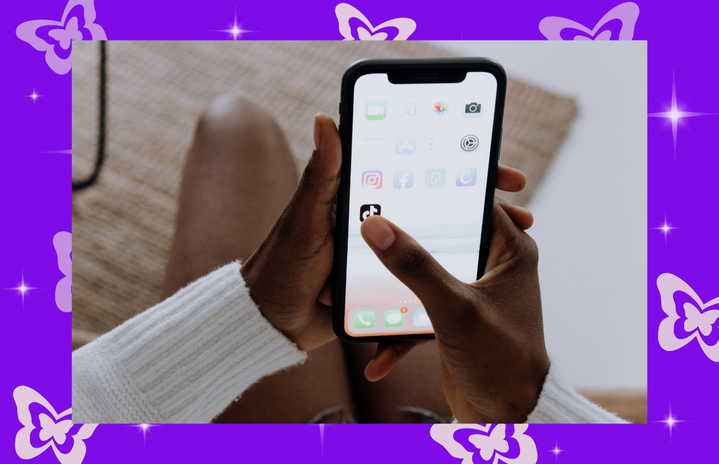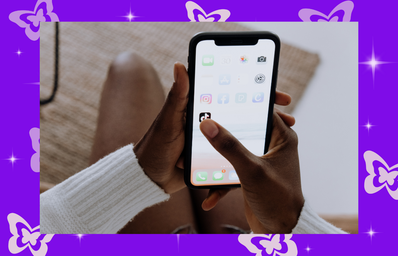In a recent movement on social media, creators are asking consumers to be aware of their purchasing habits.
TikTok is unique in its ability to push videos out to a large audience without much effort. Because of this algorithm, the app has become a hub for encouraging trends and promoting new products. Beauty “influencers” are known to publish videos about the products that they use, typically with the intent of influencing their audience to buy them (hence the name).
Often, a creator will only post a product if it is a gift from the brand or if they are paid to review it. There are clear rules set out in the Federal Trade Commission for disclosing these partnerships, but the line is starting to blur between an influencer’s genuine support of a product and what they’re simply praising for profit.
In response to this foggy understanding of what’s really worth the money, smaller users started posting videos that aimed to “de-influence,” or urge against overconsumption. One example of this comes from TikTok user @michelleskidelsky, who “de-influences” her audience from buying many popular products. One of her most popular videos talks about Glossier, stating that she was in a “cult mindset” due to the creators that she watched and, for four years, only purchased her makeup from that brand. She goes on to cite the products that she believes are worth the money and ones that might not suit everyone’s needs. In this way, Michelle provides her raw, authentic thoughts on the company and urges others to spend their money wisely.
This format quickly spread across the app, with others hopping onto the “de-influencing” trend. Now, there are hundreds of videos urging others to make conscious product decisions.
Despite the positives of the movement, it’s worth discussing if “de-influencing” is just influencing in disguise. On one hand, the trend brings up important questions about overconsumption and the use of social media to market to vulnerable communities. On the other, though, it seems that creators are using the trend to dissuade people from purchasing one product and boost another instead.
While there is hope that “de-influencing” will promote intentional consumption, it’s important to be aware of the social systems that keep products flying off the shelves. With that in mind, here are some tips for conscious buying:
- Keep a wishlist
- If you like something, add it to a running list of items. If you still want it a few weeks after writing it down, you’ll be making a more justified decision.
- Buy used items
- When looking for something like furniture or clothing, try checking out your local thrift store. You can give new life to a gently used item (which might be more unique than something you’d buy firsthand!).
- Ask yourself: why do I really want this item?
- Sometimes, the real reason why we want an article of clothing or a makeup product is because we like the person that’s wearing it. If you find yourself falling into this trap, consider how you’d actually benefit from owning the item. Are you able to style it with things you already own? Can you admire it without acquiring it?
- If you’re on the fence, wait!
- If you find yourself saying “maybe” about buying an item, chances are you’d be better off without swiping the card. Take some time to reflect on the purchase—this space can help you make a clearer decision.
Though the “de-influencing” trend probably isn’t capable of dismantling the powerful influencer advertiser role, it is a productive step toward more ethical consumption. Hopefully, platforms like TikTok can continue to be used in this way as we work together to form a better future.


